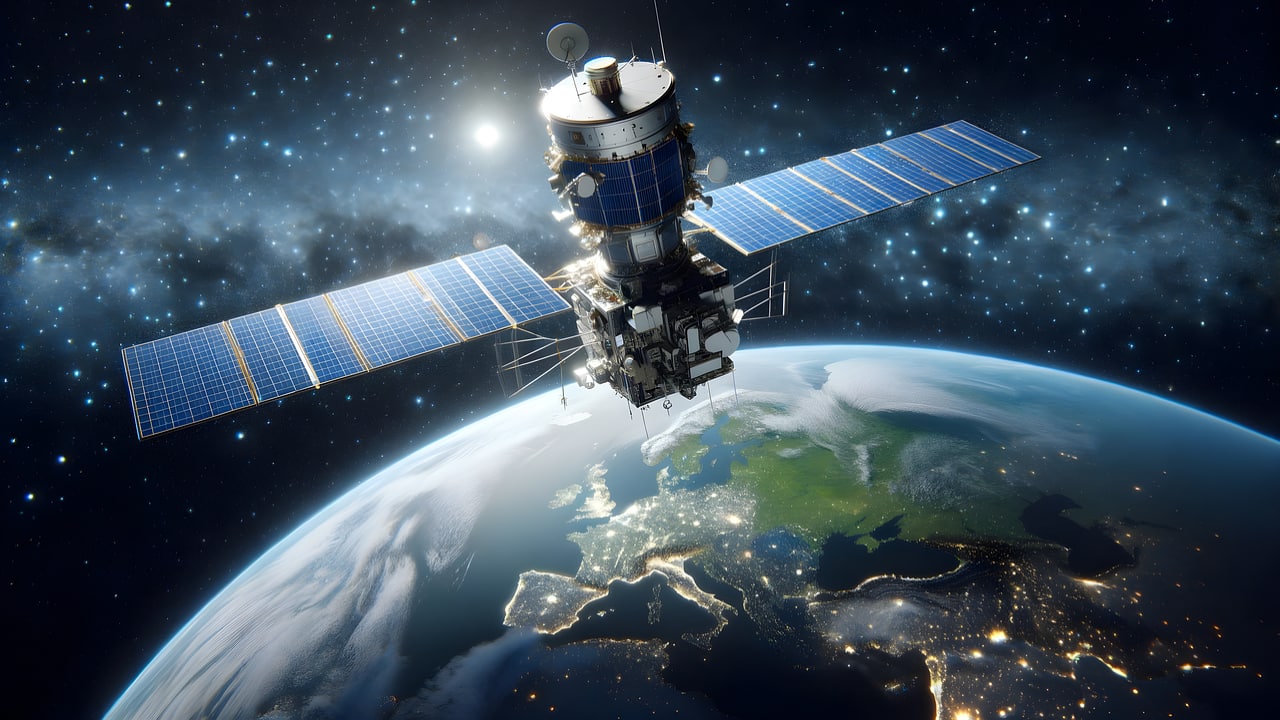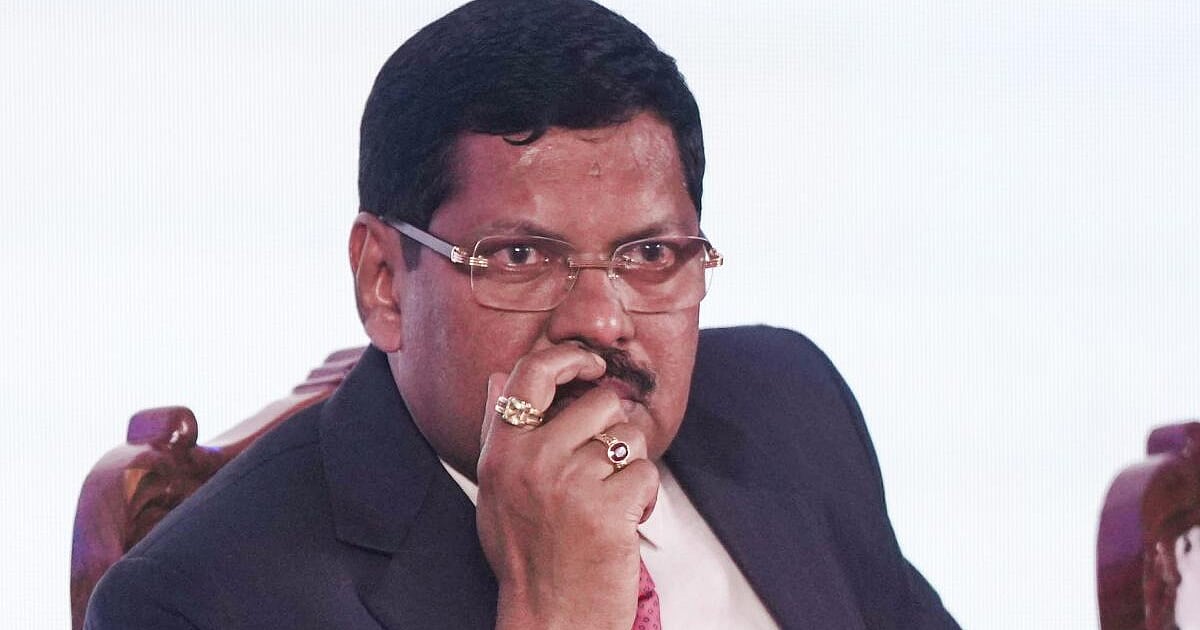Boosting India's Act East Policy: How Geospatial Tech is Mapping the Future

India's Act East Policy: A Geospatial Revolution
India's 'Act East' policy, aimed at strengthening ties with Southeast Asian nations, is undergoing a significant transformation thanks to the integration of advanced geospatial technology. This strategic initiative, vital for India's regional influence, is being turbocharged by innovations in mapping, data analytics, and real-time monitoring. The policy's goals – enhanced trade, cultural exchange, and security cooperation – are finding a powerful ally in the precision and insights offered by geospatial tools.
Beyond Bangladesh: Diversifying Connectivity
Historically, a significant portion of India’s trade with the East has relied on routes through Bangladesh. However, recognizing the need for diversification and greater resilience, India is actively developing alternative infrastructure corridors. The Kaladan Multi-Modal Transport Project (KMMTTP) is a prime example, connecting Mizoram in India to Sittwe in Myanmar and eventually to Cox's Bazar in Bangladesh. But the complexities of navigating challenging terrains and ensuring the project’s smooth operation require sophisticated management – and this is where geospatial technology steps in.
Geospatial Technology: The Key to Success
Geospatial technology, encompassing Geographic Information Systems (GIS), Global Positioning Systems (GPS), Remote Sensing, and Geographic Information Science (GIScience), offers a multifaceted solution. Here’s how it's revolutionizing India's Act East policy:
- Terrain Management: The Northeast region of India and parts of Myanmar are characterized by dense forests, mountainous landscapes, and riverine networks. Geospatial data provides detailed topographical information, enabling efficient route planning, infrastructure development, and disaster management.
- Security Monitoring: Border security is paramount. Geospatial technology facilitates real-time monitoring of border areas, detecting illegal activities, and enhancing overall security preparedness. Satellite imagery and drone technology provide crucial situational awareness.
- Infrastructure Planning & Optimization: From road construction to port development, geospatial analysis helps optimize infrastructure projects, minimizing environmental impact and ensuring cost-effectiveness. GIS platforms allow for the integration of various data layers – geological surveys, population density, land use patterns – to inform decision-making.
- Disaster Resilience: The region is prone to natural disasters like floods and earthquakes. Geospatial tools enable rapid damage assessment, efficient resource allocation, and effective evacuation planning, minimizing loss of life and property.
- Resource Management: Geospatial technology aids in sustainable resource management, including monitoring deforestation, tracking water resources, and optimizing agricultural practices.
Looking Ahead: A Digitally Enabled Future
The future of India’s Act East policy is inextricably linked to the continued advancement and adoption of geospatial technology. Investment in high-resolution satellite imagery, advanced data analytics capabilities, and skilled professionals will be crucial. Furthermore, collaboration with international partners in geospatial technology will accelerate innovation and strengthen India’s regional standing. By harnessing the power of location intelligence, India is not just building infrastructure; it’s building a digitally enabled and resilient future for its eastern neighbors and itself. The application of AI and Machine Learning to geospatial data will unlock even greater potential, enabling predictive analysis and proactive decision-making.
The Act East policy, augmented by geospatial technology, promises to be a cornerstone of India's regional strategy, fostering economic growth, enhancing security, and strengthening diplomatic ties across Southeast Asia.




